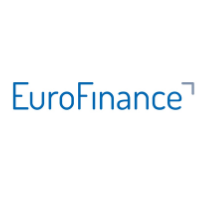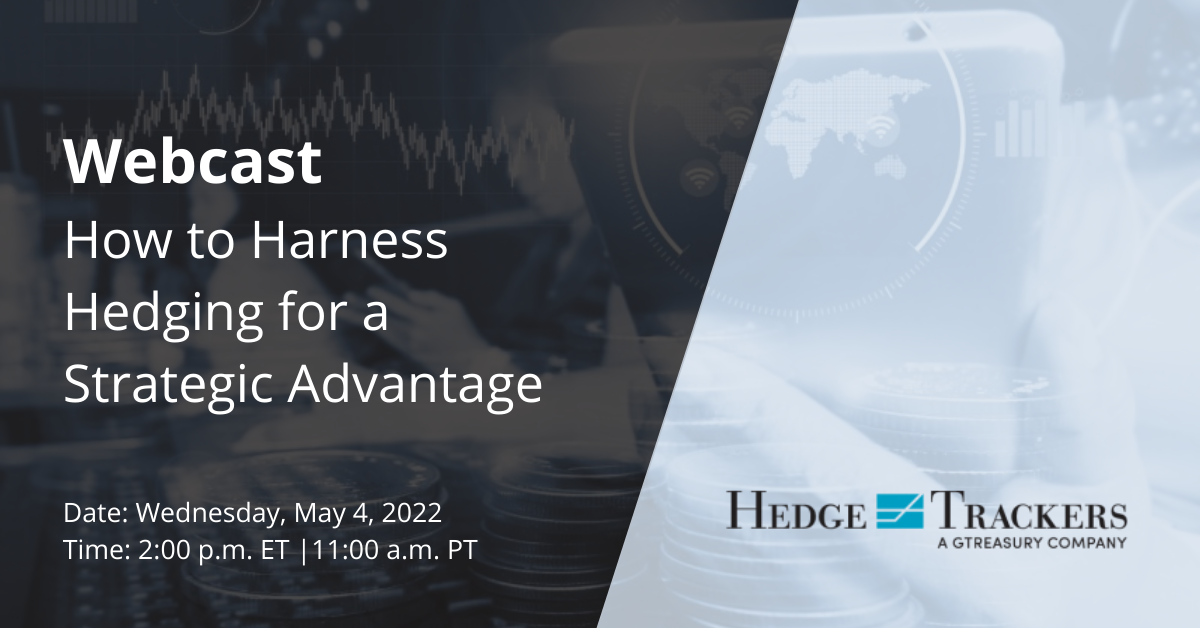CHICAGO, Ill. – May 10, 2022 – GTreasury, a treasury and risk management platform provider, today announced a collaboration with Moody’s Analytics, a global provider of analytic tools and risk assessment capabilities, to enable customers to seamlessly leverage Moody’s Analytics’ market-leading asset and liability management (ALM) SaaS product. Moody’s Analytics’ ALM SaaS product is now available as an interoperable and integrated component within GTreasury’s continuously modernizing software-as-a-service ecosystem for treasury and finance teams.
As small and medium-sized financial institutions grow, accumulated data reaches volume and complexity beyond what manual spreadsheets or outdated software can reliably or efficiently handle. These legacy approaches place increasing strain on internal staff – especially when accelerating growth puts financial institutions within the purview of new regulatory reporting requirements. Banks, credit unions, and other institutions in this position must implement automated capabilities that remove the burdens of routine ALM tasks and monitor and manage their risk far more effectively and completely.
Moody’s Analytics’ ALM SaaS product leads the industry in meeting these requirements, offering a seamless enterprise platform that integrates ALM, liquidity risk management, funds transfer pricing, and regulatory reporting capabilities. Institutions leveraging the product can fully integrate ALM into their business management and regulatory compliance processes, optimizing capital distribution to achieve strategic benchmarks. The product eases the management of even the most complex ALM tasks, while also providing a foundation for defining client behavioral models and forecasts, and delivering data-backed insights that drive key business decisions.
“Moody’s Analytics offers the most comprehensive and capable ALM product on the market today,” said Terry Beadle, Global Head of Corporate Development at GTreasury. “Small and mid-sized financial institutions struggling under the burden of their asset and liability management duties, especially from a regulatory compliance perspective, are instantly and significantly empowered by the automation and powerful tooling Moody’s Analytics’ ALM SaaS product puts at their command. We’re excited to introduce the many benefits of Moody’s Analytics’ offering to our customers as an interoperable, fully data-integrated, market-leading component of the GTreasury ecosystem.”
With Moody’s Analytics’ ALM SaaS product now available as another component within GTreasury’s ecosystem, customers can easily integrate their data and begin to harness the ALM solution across their treasury and risk management practices.
“Pairing GTreasury’s treasury and risk management system and our own leading ALM SaaS product is an advantageous strategy for firms optimizing performance and streamlining operations,” said Cayetano Gea-Carrasco, Managing Director at Moody’s Analytics. “We’re proud to work with GTreasury to help customers to realize their efficiency goals, and to make more informed and accurate business management decisions based on this seamless data.”
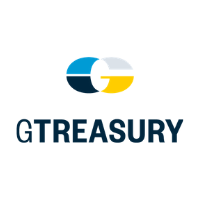
About GTreasury
GTreasury is committed to connecting treasury and digital finance operations by providing a world-class SaaS treasury and risk management system and integrated ecosystem where cash, debt, investments and exposures are seamlessly managed within the office of the CFO. GTreasury delivers intelligent insights, while connecting financial value chains and extending workflows to third-party systems, exchanges, portals and services. Headquartered in Chicago, with locations serving EMEA (London) and APAC (Sydney and Manila), GTreasury’s global community includes more than 800 customers and 30+ industries reaching 160+ countries worldwide.
About Moody’s Analytics
Moody’s Analytics provides financial intelligence and analytical tools to help business leaders make better, faster decisions. Our deep risk expertise, expansive information resources, and innovative application of technology help our clients confidently navigate an evolving marketplace. We are known for our industry-leading and award-winning solutions, made up of research, data, software, and professional services, assembled to deliver a seamless customer experience. We create confidence in thousands of organizations worldwide, with our commitment to excellence, open mindset approach, and focus on meeting customer needs.

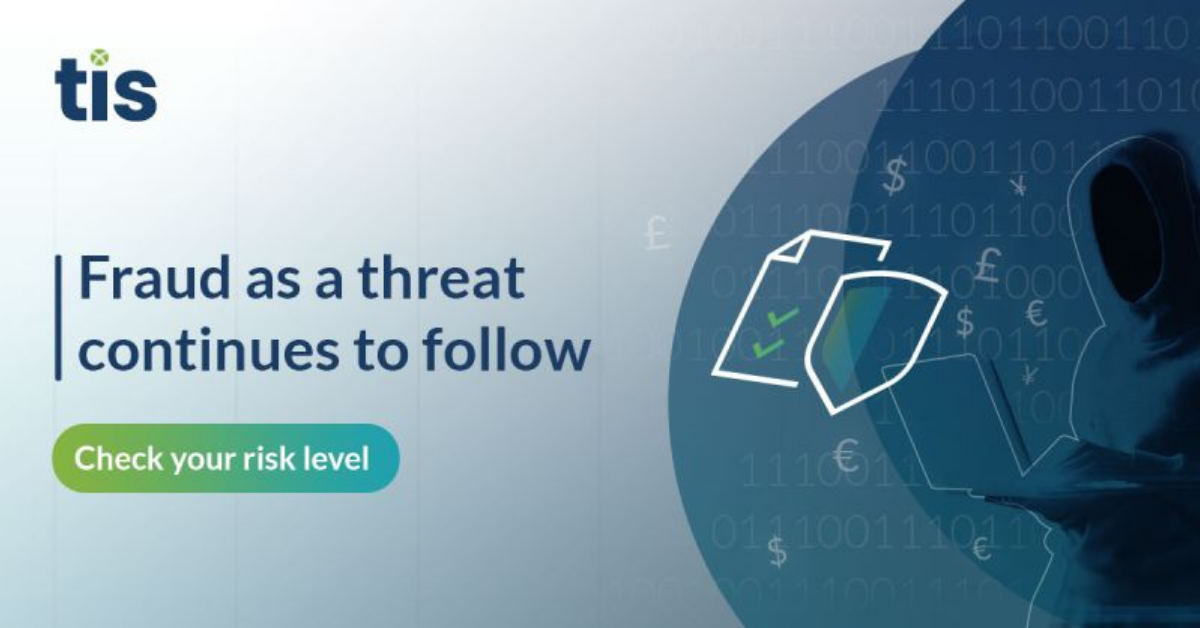
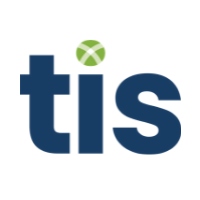


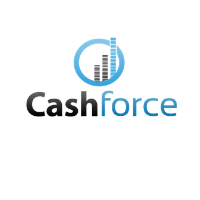



.png?width=1200&upscale=true&name=Group%2056%20(1).png)





